The content of the article
Unfortunately, alcoholism in the modern world is extremely common. This is a progressive disease that affects all spheres of activity and the psycho-emotional environment of a person. Among the bad habits of addiction to alcohol is a leader. The most dangerous stage of the disease is abstinence. How to cure the syndrome yourself? Is it possible? Let's talk about everything in order.
What is abstinence syndrome
Withdrawal is a series of events that occurs after the rejection of the frequent and prolonged consumption of strong drinks. Syndrome - this is the last stage of alcohol dependence.
Abstinence begins at the moment when a person realizes that it is time to stop drinking, and does so.It is enough to reduce or completely abandon alcohol, as the disease makes itself felt.
However, do not confuse abstinence with the usual hangover. A person who does not depend on alcohol experiences a hand tremor, headaches, nausea and vomiting during a hangover. But after 3-4 hours, this condition disappears with the release of ethyl alcohol from the body. After a certain period, the hangover disappears, and abstinence does not.
Withdrawal symptoms can last for 4-5 days, sometimes longer. All this time a person suffers from the so-called "breaking", the desire to drink, tremor. This condition is due to the fact that with prolonged and frequent use of alcohol, the cells and tissues are already completely soaked with ethyl alcohol. Harmful decay products are detrimental to all organs and systems of the body.
Withdrawal symptoms
A dependent person is faced with a number of problems when quitting alcohol.Withdrawal symptoms have the following symptoms:
- violation of the brain (dull attention, low reaction or lack thereof, etc.);
- difficulties in the activity of the pancreas;
- impaired renal function and liver;
- "Colic" in the heart muscle, a common disorder of the organ;
- low vascular tone, poor blood circulation;
- high heart rate;
- insomnia, nightmares;
- trouble breathing;
- migraines and headaches;
- nausea accompanied by vomiting;
- fever;
- diarrhea;
- hemorrhoids;
- chills;
- lack of coordination of movements;
- low muscle tone;
- convulsions.
As you can understand, withdrawal syndrome is a danger to humans. There have been cases when a person addicted to alcohol had bouts of delirium tremens. In such situations, the disease is treated exclusively in a drug treatment clinic under the supervision of specialists.
When abstinence comes
As mentioned earlier, withdrawal syndrome causes enormous harm to a person. The main reason for this is the effect of ethyl alcohol, which after filtration by the liver remains almost unchanged.Of the total amount of alcohol, the internal organ processes only 20% - these are toxic substances that continue to enter the brain.
Abstinence occurs when ethanol has rebuilt the blood flow and weakened the effect of gamma acid. It is necessary for the proper functioning of the brain.
As a rule, the abstinence syndrome occurs in the first 12-48 hours after failure or a strong reduction in the usual dose of drinking. However, after 6–8 days, the patient returns to normal in terms of mental activity (unallocated cases).
How to cope with abstinence
The fundamentals of therapeutic therapy involve the removal of detoxification, as well as a decrease in the manifestations of withdrawal symptoms, which arise on the basis of refusal to drink. The duration of treatment depends on the initial condition of the patient.
- In the first 3-5 days it is necessary to inject a solution of sodium chloride, glucose in a compartment with a vitamin complex (vitamin C, thiamine, pyridoxine), antihistamine preparations (such as "Hlopopyramine") and agents that enhance brain activity ("Vinpocetine"). The solution is injected intravenously to reduce the level of intoxication with ethyl alcohol.
- Required diuretic medication. These include "Veroshpiron" (pills), "Furosemide." Diuretic drugs are taken in combination with mass infusion. Such a move will help rid the body of toxins.
- It is required to take medication to reduce cravings for alcoholic beverages. Here, conditionally, there are 3 situations: if cases of affect and strong overexcitement are noticed, it is necessary to take antipsychotics in the form of "Olanzapine", "Haloperidol" or "Clozapine". These drugs will prevent hallucinations; To remove the depressed state, which arose due to the rejection of alcohol, it is necessary to take anticonvulsants like "Carbamazepine." The drug will partially relieve dependence and apathy; If you have trouble sleeping, nightmares, too depressed mood, anxiety, sudden urges to “drink”, antidepressants will be required. It is better to choose "Fluvoxamine" or "Amitriptyline", they will relieve from the listed symptoms. It is important to understand that all of the above drugs fall into the category of psychotropic! For this reason, pharmacists require a prescription from the attending physician.Do not self-medicate, consult a specialist!
- For patients with abstinence, drugs that increase all metabolic processes in the liver are obligatory to use. This organ is affected by toxins and decomposition products, so it must be cleaned and restored. Hepatoprotectors consumed inside, choose milk thistle extract or Essentiale Forte. The second drug is rarely administered intravenously.
- In case of withdrawal symptoms, it is necessary to take sleeping pills and sedatives. Zopiclone and Diazepam will do. After the withdrawal from the acute condition will be made, you need to undergo a medical course to improve blood circulation in the brain. For this purpose, tablets are taken or the following drugs are administered intravenously: ascorbic acid, pyridoxine, thiamine, tocopherol, alpha-lipolic acid, Piracetam, Actovegin, Cerebrolysin, Solcoseryl.
- For the complete withdrawal of withdrawal symptoms it is necessary to take medicines that will cure the patient from alcohol dependence. Preparations of this type cause negative associations and physiological reactions: fear of death, vomiting, etc.All this happens at the time if the patient tries to knock over a glass or two. As a result, the patient completely refuses alcohol.
Abstinence treatment for drug addiction
Treatment of withdrawal symptoms, which appeared on the background of drug addiction, is carried out in special clinics. Medical institutions have experience working with difficult patients, so they will quickly achieve results. Treatment is carried out in several stages.
- Accelerated detoxification with drugs that block opioid receptors. This type of medication includes Naloxone.
- The patient is prescribed medications that affect the activity of the central nervous system. Their list includes tranquilizers, neuroleptics, hypnotics, antidepressants. One of the effective tandems is considered a mixture of "Tramal", "Klofelina", "Tiaprida".
- To relieve pain in the muscles, the patient is prescribed “Ibuprofen” or another medication that does not include steroids. Medication treatment works well in combination with a warm bath and massage.
- In order to eliminate insomnia, the manifestation of nightmares, excessive anxiety, psychopathy, Geminevrin is prescribed. This is followed by the drug intake of drugs that combine with the opium receptors ("Buprenorphine", "Methadone", etc.).
Withdrawal syndrome is a most complicated disease that appears against the background of the rejection of alcoholic beverages or a decrease in their quantity. Abstinence is accompanied by psycho-emotional and physical shocks. Almost all cases require the intervention of specialists. Do not self-medicate, consult a doctor!
Video: how to treat a hangover

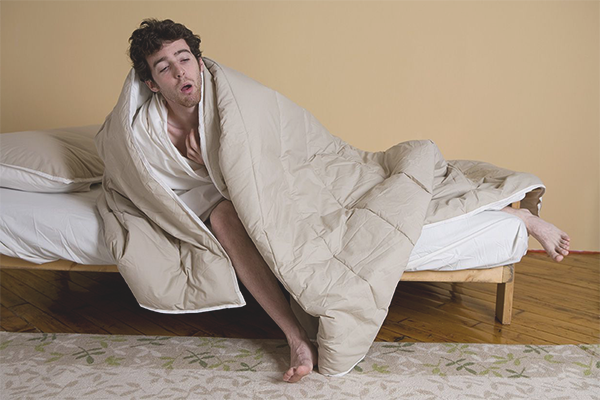

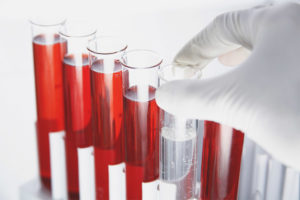
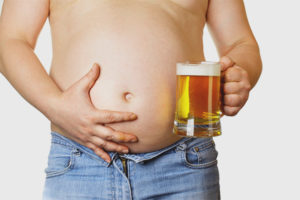

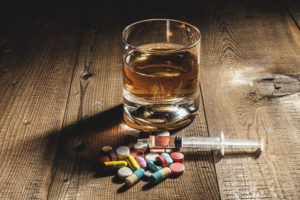
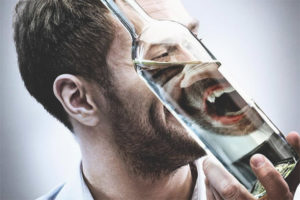

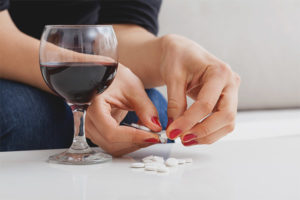
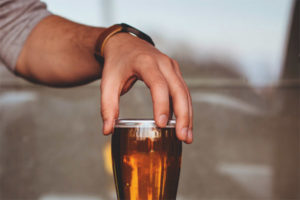
To send